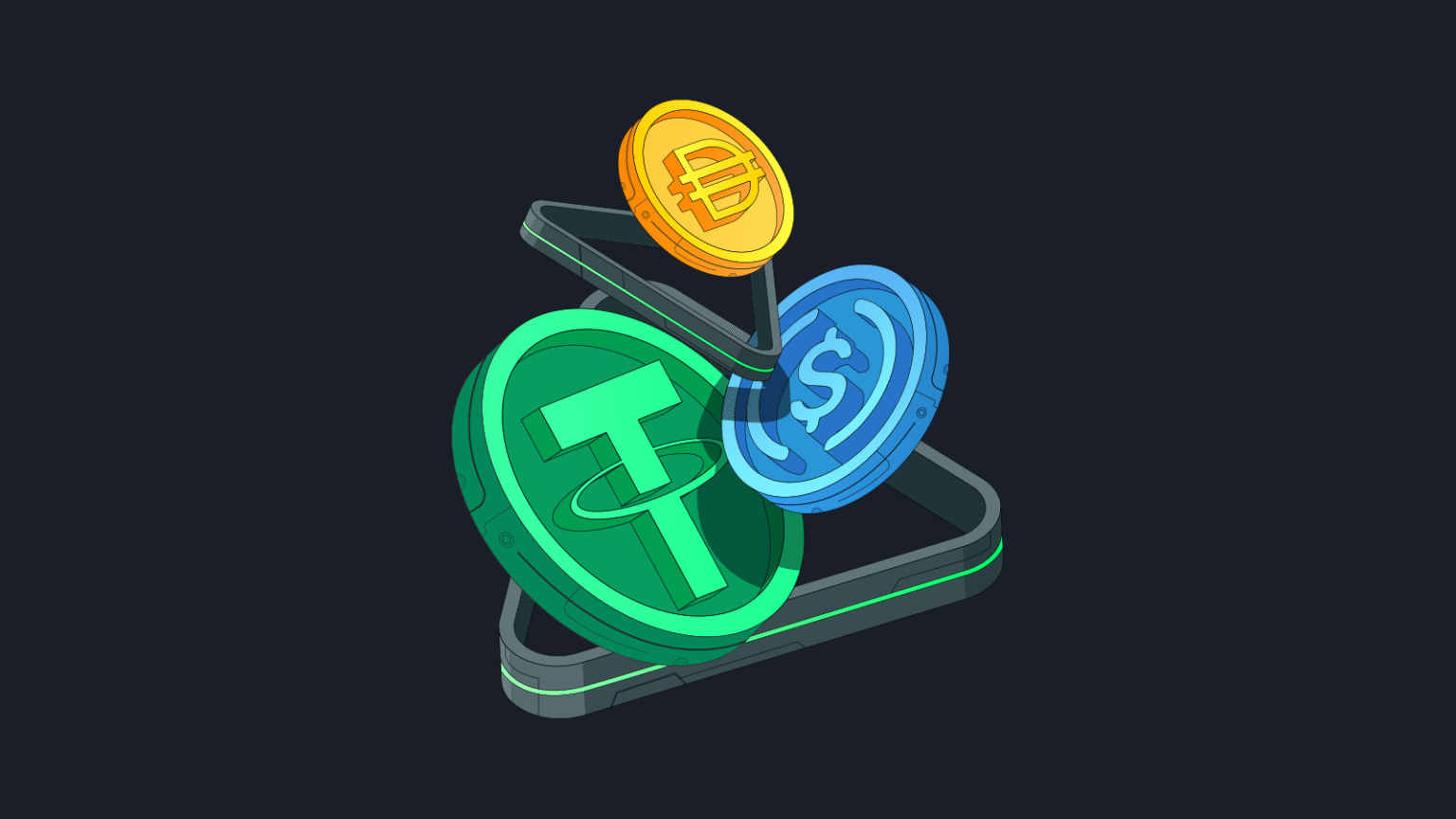In the ever-evolving world of digital finance, traditional brokerage firms are seeking innovative ways to enhance their services and streamline transactions. One such notable player, Interactive Brokers, is considering venturing into the stablecoin market. With approximately $110 billion in managed client assets, the firm aims to revolutionize how its 3.87 million customers handle financial transactions by enabling instant monetary transfers, 24/7. This move could fundamentally shift the landscape of low-cost trading and high-speed order execution, a domain where Interactive Brokers has already established a strong reputation.
Interactive Brokers’ Strategic Move Towards Stablecoin Integration
Interactive Brokers is actively exploring the prospects of launching a stablecoin, as highlighted by its founder, Thomas Peterffy, in a recent discussion. The core ambition is to permit clients to fund their accounts using US dollars, capitalizing on blockchain technology to facilitate immediate settlement of cash transfers. This transition from fiat currency to stablecoin and back could eliminate the delays commonly associated with traditional banking processes, offering customers a seamless experience.
The Growing Trend of Corporate-Branded Stablecoins
Major corporations are increasingly considering the introduction of their proprietary coins. Over the summer, both Amazon and Walmart hinted at potentially launching their digital currencies. Financial institutions have also been active; JP Morgan Chase, Citibank, Wells Fargo, and Bank of America are collaborating on a unified stablecoin initiative. Within the cryptocurrency sphere, notable entities like Ripple and Robinhood, in partnership with Kraken and Galaxy Digital, have also embarked on similar projects. With Interactive Brokers possibly joining these ranks, the stablecoin landscape is poised for significant expansion.
Advantages of Stablecoins for Brokerage Services
Stablecoins, which maintain a 1:1 peg to traditional currencies such as the US dollar, offer a stable and predictable value exchange. This stability is particularly advantageous for traders who demand speedy and reliable transfers. Interactive Brokers already collaborates with Paxos and Zero Hash, enabling its clients to trade various cryptocurrencies including Bitcoin and Ethereum. Developing its stablecoin could further streamline operations, reduce intermediary costs, and enhance the trading experience for its users.
Regulatory Environment and Challenges
In recent developments, the United States has implemented comprehensive regulations for stablecoins under the GENIUS Act, receiving backing from influential figures, including US President Donald Trump, who supports establishing the US as a leading cryptocurrency hub. This legislative framework provides a secure environment for corporate experiments in the crypto space. Nevertheless, firms engaging with stablecoins must adhere to stringent anti-money laundering protocols and maintain robust customer verification processes to avert sanctions and operational disruptions.
Interactive Brokers has witnessed a significant uptick in its stock value, climbing over 40% this year, and outpacing its competitors in market performance. Introducing a stablecoin could not only open new revenue streams but also attract a broader spectrum of active traders, reinforcing its market position.
Is Interactive Brokers’ Stablecoin a Viable Innovation?
The potential launch of a stablecoin by Interactive Brokers is an intriguing development in the financial sector. It offers the promise of faster, more efficient transactions. However, the initiative will require thorough regulatory compliance and strategic execution to succeed.
What Are the Benefits of Stablecoins for Traders?
Stablecoins provide traders with the advantage of transferring funds quickly and without the volatility associated with other cryptocurrencies. By utilizing blockchain technology, stablecoins facilitate fast, secure, and cost-effective transactions.
Are There Risks Associated with Investing in Stablecoins?
While stablecoins are designed to maintain a stable value, they are not entirely risk-free. Investors should be aware of regulatory changes, technological vulnerabilities, and the need for adequate due diligence when investing in any digital asset.
How Do Regulatory Developments Impact the Stablecoin Market?
Regulatory developments shape the stablecoin landscape by establishing guidelines and ensuring transparency, security, and consumer protection. Compliant firms can leverage these regulations to innovate confidently, while non-compliance can lead to significant legal and financial repercussions.
—
In conclusion, this detailed analysis delves into Interactive Brokers’ potential entry into the stablecoin market, evaluating its implications for the company and the broader financial ecosystem. The FAQs provide further clarity on stablecoin-related inquiries, supporting readers in making informed decisions.

